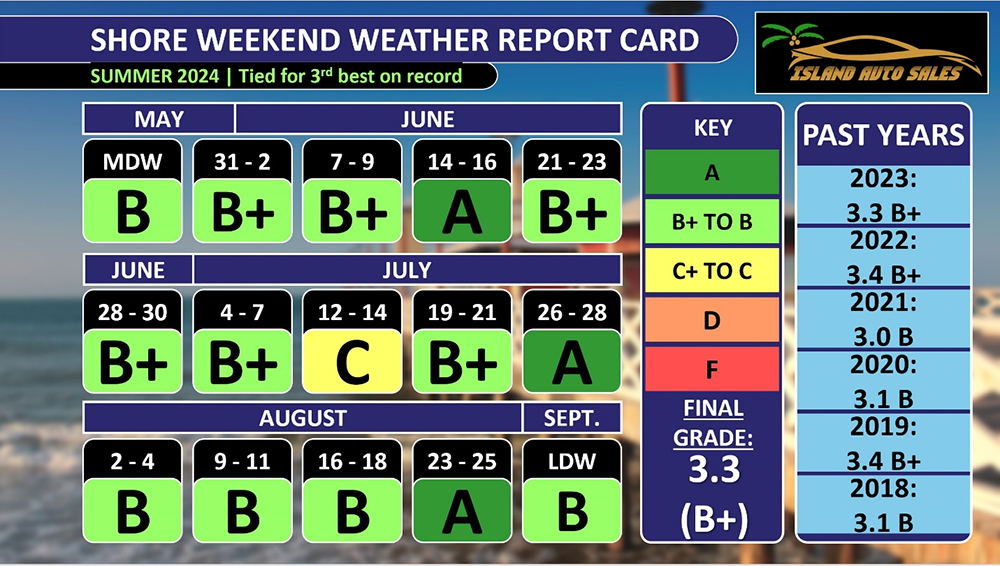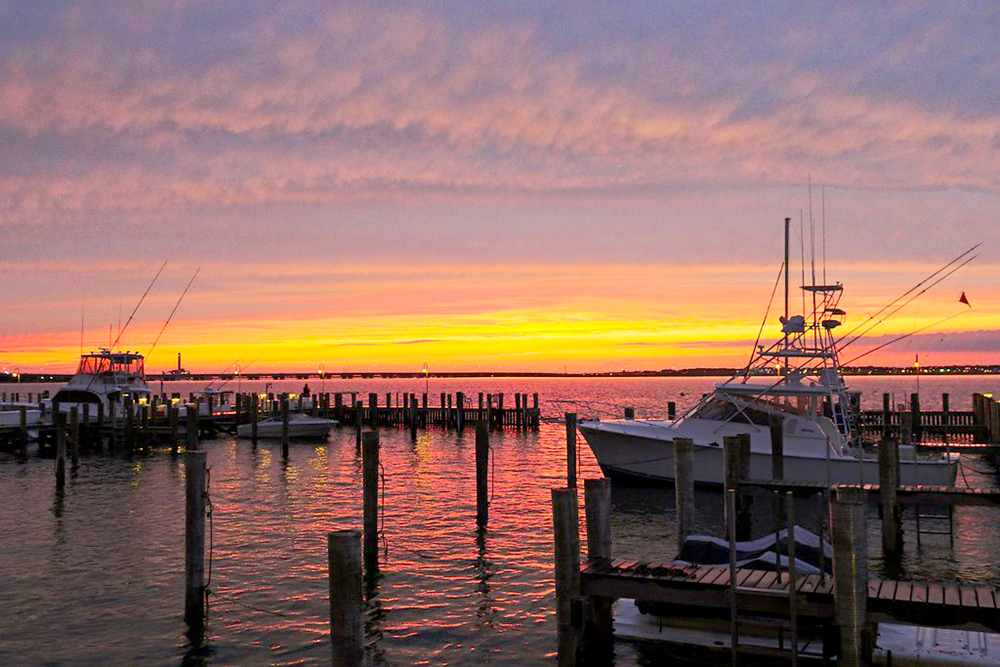By Tammy Thornton
When visiting garden nurseries in the fall, I often overhear someone ask, “What is this?” Usually, they are referring to the unique flower with flame-like plumes of red, orange, and yellow, whose name is derived from the Greek word for burning. Allow me to introduce you to celosia, an annual that can grow from late spring to first frost, but is predominantly found at garden markets among the fall flowers. With its unusual shape and bold colors, it will add vibrant interest to your autumn decorations. In addition to the fire-like plumes, celosia can also be found in the cockcomb variety that looks like burgundy velvet coral.
Though celosia can be a perennial in garden zones 10-12, in our South Jersey 7b zone, it is treated as an annual since it is very vulnerable to frost. In the spring, celosia can be purchased in pots and flats that will bloom all summer. But with its fiery colors, celosia has become popular in fall gardens. Beth Farley from Bob’s Garden Center in Egg Harbor Township, told Shore Local News that they started putting celosia out as a fall flower years ago, when customers were smitten with the unique and interesting look. Now people associate celosia with fall flowers that complement mums, pansies, and pumpkins in their autumn display. According to Farley, the vibrant red Dragon’s Breath Celosia is one of the varieties Bob’s Garden Center carries, “and who wouldn’t want that with their Halloween decorations?”

In addition to the plume varieties of celosia (c. plumosa), cockscomb (c. cristata) are equally unique, drawing interest from anyone that sees them. The coral-shaped flowers are irresistible to touch since they look and feel like living velvet. When my mom was blessed to find love again later in life, we used cockscomb celosia in her wedding decorations. The stunning combination of velvet burgundy celosia flowers with cream-colored tulle was as perfect a match as my mom with my step-dad Herb.
Celosia are easy plants to grow from seed. Plant in a sunny area with fertile, well-drained soil about two weeks after your last frost. If you choose to get an early start by growing them indoors, be sure to use biodegradable pots, since seedlings do not like to have their roots disturbed. For a garden on fire, plant masses of the same color in groups for the best effect, being sure to observe spacing tips on seed packets.
Just like the plume varieties, cockscomb can also be found in oranges, reds, and yellows. Celosia flowers make interesting additions to dried flower arrangements and can be dried by hanging flower clusters upside down in a dark, dry area with good air circulation. Choose mature flowers that have not yet gone to seed.

For fall planters, add small orange pumpkins and fall-colored pansies to a pot of fiery red and yellow plumes of celosia. Or, for stunning non-traditional fall colors, combine the magenta spikes of wheat celosia with ornamental cabbages and white pumpkins. Shore Local would love to see how our readers have used celosia in their gardens. Please send your pictures, comments, and questions to shorelocalgardener@gmail.com.
Tammy Thornton is a mom of four, a substitute teacher, and a Sunday school teacher. She is passionate about gardening and cooking, and loves the beach.






